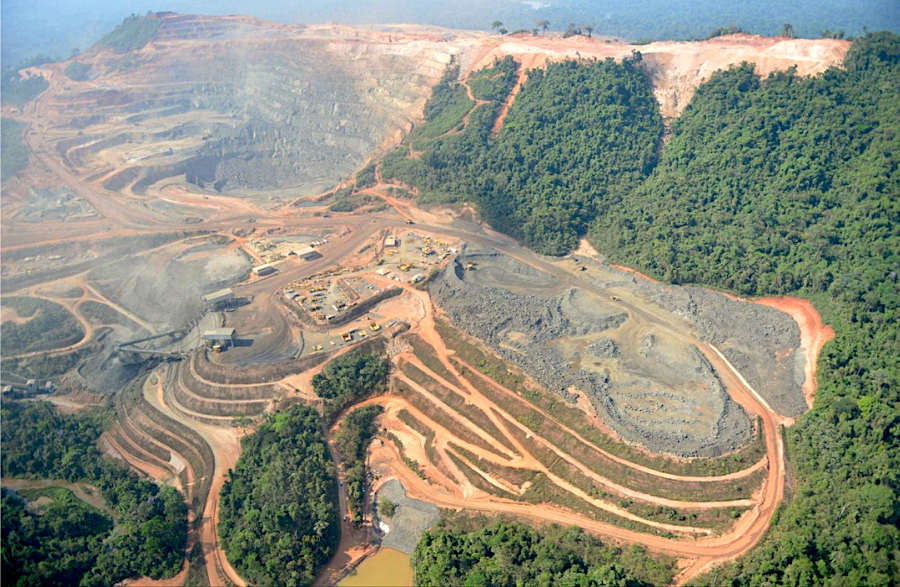
After several years of deliberations, iron ore giant Vale SA is finally laying out a path for unlocking value from its nickel and copper business as demand for the so-called battery metals picks up.
The Rio de Janeiro-based firm will separate the base metal assets from its iron ore operations and unveil a strategic partner in the first half of next year, Chief Executive Officer Eduardo Bartolomeo and Chief Financial Officer Gustavo Pimenta said in an interview. An initial public offering is off the table for now.
Copper and nickel mines will be placed into a new legal structure named Vale Base Metals, with independent governance and a board that includes deep underground mining and electric-vehicle specialists. The unit will hold Canadian nickel assets, Indonesian joint ventures as well as Brazil’s Onca Puma nickel mine and Salobo copper project, according to a presentation disclosed Wednesday.
Vale is breaking out its nickel and copper business at a time when demand for metals used in wiring and electric-vehicle batteries has accelerated in the move away from fossil fuels.
Separating the two sides of the business is key to accessing “competitive” capital needed for an estimated $20 billion of base metal investments, Bartolomeo said from New York. This, combined with the sale of as much as 10% of the new entity to a partner, will unlock value from a business that Vale sees worth as much as $40 billion.
“Let’s be clear: the most important thing is to ring-fence,” Bartolomeo said in an interview from New York. “Why do we want a partner? Because the partner makes the ring-fence real. It anchors. It allows us to bring top-notch people to the table.”
Vale trades at 6.5 times estimated earnings, about half the average of large base metal peers, data compiled by Bloomberg show. The valuation gap is partly explained by the fact that the company still makes most of its money from iron ore mines in Brazil, which have been hit by two tailings dam disasters in recent years.
A potential IPO is something to be weighed down the road, depending on market conditions and how well Vale executes current plans, Bartolomeo said.
For years Vale has considered separating its Brazilian iron ore business from the nickel and copper assets, many of which were acquired via the $17 billion purchase of Canada’s Inco Ltd. announced in 2006.
“There is no business at this scale combining copper plus nickel in the world today,” said Pimenta, Vale’s CFO.
Nickel and copper assets in Canada, Brazil and Indonesia accounted for almost 15% of Vale’s revenue last year. After enduring a series of operational setbacks in recent years that led to guidance cuts, Vale has been working to stabilize its base metal production.
Vale expects nickel production to reach 230,000-245,000 metric tons a year in the mid term, and surpass 300,000 tons from 2030. Copper output is set to triple from current levels to about 900,000 tons by 2030.
The Brazilian mining giant aims to be a major supplier for the electric-vehicle market. It signed a nickel contract for Tesla Inc. batteries, and has Ford Motor Co. as a partner in developing nickel in Indonesia.
(By Mariana Durao and Joe Deaux)
Comments